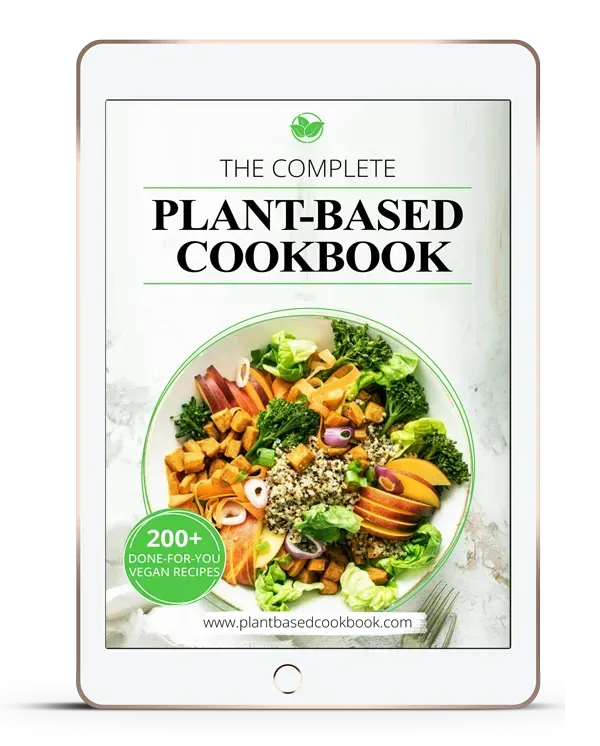
Dr Delicious
LATEST RECIPES

Roast Butternut Squash & Sage Risotto
Roast Butternut Squash & Sage Risotto: Creamy Comfort in a Bowl 🍂
When the air turns crisp and the leaves crunch underfoot, nothing feels better than a cozy bowl of creamy risotto. This Roast Butternut Squash & Sage Risotto is the perfect autumn recipe — sweet roasted squash, fragrant sage, and creamy rice that hugs you from the inside out. Even if you’ve never cooked risotto before, don’t worry — I’ll make the steps so easy that even a little one could follow along.
Why You’ll Love This Recipe
Uses seasonal butternut squash – sweet, golden, and full of vitamins.
Perfect for meatless Mondays or a hearty vegetarian dinner.
Creamy, cozy, and ready in under an hour.
Fancy enough for guests, easy enough for a weeknight.

Ingredients (Serves 4)
1 medium butternut squash, peeled and chopped into cubes
2 tbsp olive oil
1 small onion (or 2 shallots), finely chopped
2 garlic cloves, minced
300g (1 ½ cups) arborio rice (risotto rice)
1 liter (4 cups) hot vegetable stock (keep in a jug nearby)
100ml (½ cup) dry white wine (optional – can swap with extra stock)
50g (½ cup) grated Parmesan (or veggie alternative)
25g (2 tbsp) butter
Fresh sage leaves (6–8), chopped + extra for garnish
Salt & pepper, to taste
Step-by-Step: Roast Butternut Squash & Sage Risotto
Before you start (2 minutes)
Equipment: large frying pan or wide pot, baking tray, wooden spoon, ladle, small pan for stock, knife, chopping board.
Heat the stock: pour 1 litre / 4 cups vegetable stock into a small pan and keep it on low heat. (Hot stock makes creamy risotto.)
Preheat oven: 200°C / 400°F.
1) Prep & roast the squash (10 min prep + 25–30 min roast)
Peel 1 medium butternut squash. Scoop out seeds with a spoon.
Chop into 2 cm / ¾-inch cubes (small, bite-size).
Spread on a baking tray. Drizzle with 1 tbsp olive oil, ½ tsp salt, and a pinch of pepper. Toss to coat.
Roast 25–30 min, stirring halfway, until edges are golden and a fork slides in easily.
Visual cue: looks slightly browned, not pale; smells sweet.
When done, set aside. (Tip: Mash a few cubes with a fork—this “squash purée” makes the risotto extra creamy later.)
Kid-helper jobs: toss squash with oil and sprinkle salt; set a timer; help mash a few cubes (with a fork, on a plate).

2) Soften the aromatics (6–7 minutes)
Put your large pan on medium-low heat. Add 1 tbsp olive oil.
Add 1 finely chopped onion (or 2 shallots) and a small pinch of salt.
Cook 5–6 min, stirring now and then, until soft and see-through (not brown).
Add 2 minced garlic cloves. Cook 30–60 sec until fragrant.
If it browns, lower the heat. Brown garlic can taste bitter.
Kid-helper jobs: count stirs to 20; sniff test—“smells sweet and oniony?”

3) Toast the rice (1–2 minutes)
Add 300 g / 1½ cups arborio rice to the pan.
Stir 1–2 min until every grain looks shiny and edges turn slightly clear.
Sound cue: a soft “ticking”/light crackle = rice is toasting, not burning.

4) Deglaze (1–2 minutes)
Pour in 100 ml / ½ cup dry white wine (or hot stock if not using wine).
Stir until the liquid is mostly gone and you can drag a spoon and see the pan briefly.

5) “Feed” the rice with hot stock (18–20 minutes)
Add 1 ladle (~120 ml / ½ cup) hot stock. Stir gently until most is absorbed.
Repeat: ladle, stir, absorb. Keep the heat on gentle simmer (tiny bubbles).
Stir every 20–30 seconds—enough to keep it moving and creamy, but not nonstop.
After 3–4 ladles, stir in 6–8 chopped fresh sage leaves.
Keep going until the rice is creamy and just tender with a tiny bite (Italian “al dente”)—usually 18–20 min total.
Visual cue: The risotto should flow slowly off a spoon like thick lava, not sit in a dry mound.
If you run out of stock, use a little hot water.
Kid-helper jobs: be the “ladle counter”; announce when bubbles look “tiny, not splashy.”

6) Finish and make it silky (2–3 minutes off heat)
Turn off the heat.
Stir in 25 g / 2 tbsp butter and 50 g / ½ cup grated Parmesan (or veggie alt).
Fold in most of the roasted squash plus the mashed spoonfuls for extra creaminess.
Taste. Add salt & pepper if needed.
Let it rest 1–2 minutes—this helps it relax and get extra creamy.
Texture check: If it looks too thick, stir in a splash of hot stock so it’s loose and glossy.

7) Optional: crispy sage topping (2 minutes)
In a small pan on medium heat, melt 1 tsp butter or add 1 tsp oil.
Fry whole sage leaves for 15–20 sec until crispy (they darken slightly).
Lift out and sprinkle with a pinch of salt.
Kid-helper job (with supervision): place the crispy leaves on the bowls at the end.

8) Serve (right away!)
Spoon risotto into warm bowls.
Top with the last bits of roasted squash, crispy sage, and a little extra Parmesan.
Finish with a tiny drizzle of olive oil and freshly cracked pepper.

Troubleshooting (quick fixes)
Rice still hard, no stock left? Add hot water, a little at a time, and keep cooking.
Too thick? Stir in more hot stock until it slowly flows.
Too loose? Keep on the heat 1–2 min more, stirring.
Not creamy? You likely added stock too fast. Add a small knob of butter now and stir well.
Make it your way
Vegan: use olive oil instead of butter + vegan “parmesan” or 2–3 tbsp nutritional yeast.
Gluten-free: this recipe already is (just ensure stock is GF).
Add crunch: top with toasted walnuts or pine nuts.
🔪 Essential Tools for Making Risotto (Amazon Picks)
1. Chef’s Knife (8-inch)
A sharp, sturdy knife makes peeling and chopping butternut squash so much easier (and safer).
Recommend: “Professional 8-inch Chef’s Knife – perfect for veggies and everyday cooking.”
2. Vegetable Peeler
Butternut squash skin is tough! A Y-shaped peeler makes it less of a workout.
Recommend: “OXO Good Grips Y-Peeler – comfortable handle, super sharp.”
3. Non-Stick Baking Tray / Sheet Pan
For roasting squash cubes evenly without sticking.
Recommend: “Heavy Duty Nonstick Baking Sheet – durable and easy to clean.”
4. Large Sauté Pan / Wide Pot
Risotto needs a wide surface area so the rice cooks evenly.
Recommend: “All-Clad Stainless Steel 3-Quart Sauté Pan – wide, sturdy, and perfect for risotto.”
5. Wooden Spoon / Silicone Spoon
Gentle on the rice and on your cookware.
Recommend: “Heat-Resistant Silicone Spoon – won’t scratch your pan and easy to stir with.”
6. Ladle
Essential for adding stock one scoop at a time (the risotto trick!).
Recommend: “Stainless Steel Soup Ladle – sturdy and dishwasher safe.”
7. Measuring Cups & Spoons
Precise amounts of rice, stock, and cheese = consistent results.
Recommend: “Stainless Steel Measuring Cups & Spoons Set.”
8. Box Grater or Microplane
Freshly grated Parmesan melts beautifully into risotto.
Recommend: “Microplane Premium Classic Zester/Grater – super fine shreds for cheese or zest.”
9. Small Saucepan
To keep stock warm on the side (a risotto must!).
Recommend: “Nonstick 1.5-Quart Saucepan with Lid – lightweight and handy.”
10. Serving Bowls
Deep bowls keep risotto warm and make it look restaurant-worthy.
Recommend: “Set of 4 Porcelain Pasta Bowls – perfect for risotto, pasta, or stews.”
Subscribe to our free Newsletter
Make it easy to eat healthy!

